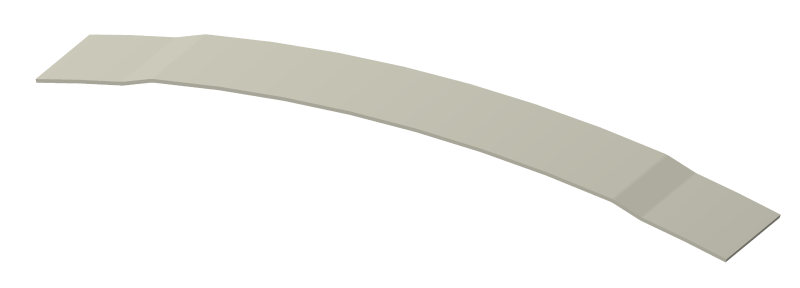roberto1brazil
Mechanical
Hi everybody.
Please, I would like to have your support on the following issue if possible:
We have a turbine case (Inconel) that reaches a temperature of 350° C ( 662°F ) when in working. There is a identification plate (0,7 mm thick) welded by Resistance Spot in the wall (1,5 mm thick) of Turbine casing. The external turbine diameter is 400 mm approximately.
NOTE Dimension of plate (15mm x 100mm)
It was verified that the spot weld was not enough tough and so it broke up (see sketch attached as reference). My question is:
Is there in the market some kind of bonding able to support the heat from the turbine and keeping the plate in the turbine wall? We did a test with Loctite 5399 but it was unsuccessful.
Thanks and regards
Roberto
Please, I would like to have your support on the following issue if possible:
We have a turbine case (Inconel) that reaches a temperature of 350° C ( 662°F ) when in working. There is a identification plate (0,7 mm thick) welded by Resistance Spot in the wall (1,5 mm thick) of Turbine casing. The external turbine diameter is 400 mm approximately.
NOTE Dimension of plate (15mm x 100mm)
It was verified that the spot weld was not enough tough and so it broke up (see sketch attached as reference). My question is:
Is there in the market some kind of bonding able to support the heat from the turbine and keeping the plate in the turbine wall? We did a test with Loctite 5399 but it was unsuccessful.
Thanks and regards
Roberto

